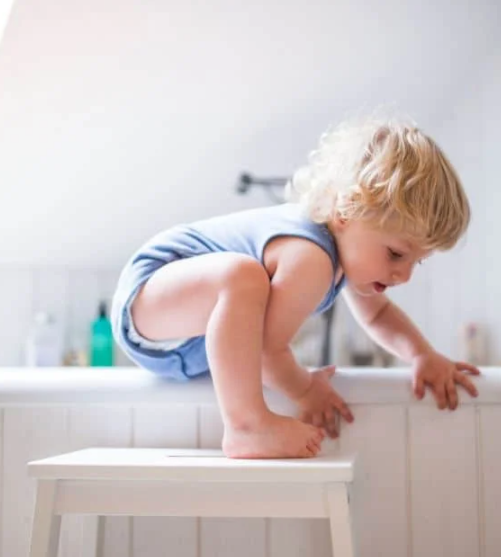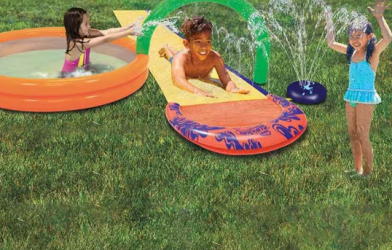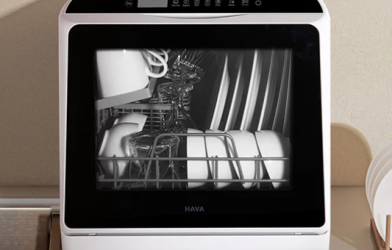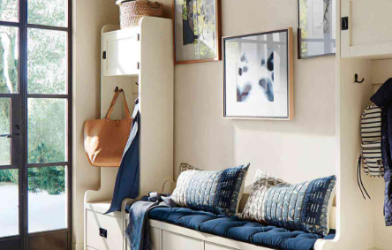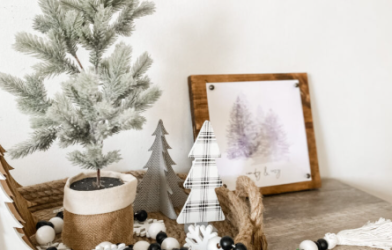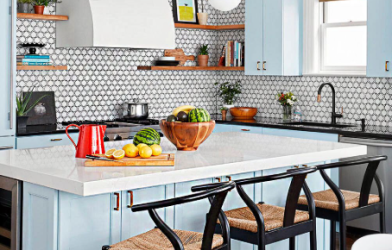Subtotal $0.00
Ensuring bathroom safety for children is a top priority for any parent or guardian. As young ones are naturally curious, their adventures can quickly turn dangerous without the right precautions. It’s easy to overlook simple hazards, but being vigilant and proactive can make all the difference. Here are seven essential safety tips to help you keep your bathroom a safe place for your children.
1. Prevent Slips and Falls
Bathrooms are full of potential slip hazards, especially when they’re wet. Falls can cause serious injuries, and they are also one of the most common types of accidents in the home.
To keep your bathroom safe:
- Avoid using throw rugs that can slip.
- Install a non-slip mat in the bathtub to provide extra grip.
- Teach your children to sit while bathing to minimize the risk of falls.
- Add grab bars in the shower or bathtub to provide extra stability.
- Use faucet covers to prevent cuts and bruises in case of a fall.
2. Keep the Bathroom Clutter-Free
Children love to climb, explore, and reach for things that are high up. The bathroom, with its accessible counters and cabinets, is no exception. As tempting as it may be for them to explore, these actions can lead to dangerous accidents.
Here’s how to reduce the risk:
- Install a lock on the bathroom door to keep children from accessing the room unsupervised.
- Use doorknob covers to make it difficult for kids to open doors.
- Store sharp objects like razors, tweezers, and scissors out of reach, preferably in a locked cabinet.
- Always supervise your child in the bathroom to discourage climbing and reaching.
3. Water Safety: A Critical Concern
Water-related accidents are one of the most serious risks in the bathroom. Children, especially toddlers, are unaware of how slippery surfaces can be, and they might not understand the dangers of water when left unattended.
To keep your child safe around water:
- Never leave your child in the bath unsupervised. If you need to leave the room, take them with you.
- Install a safety lock on toilet lids to prevent accidental drowning.
- Cover electrical outlets and move any appliances away from water to avoid electric shocks.
- Install child-proof knobs on your bathtub faucet to prevent your child from turning on hot water.
- Always check the water temperature before letting your child bathe to avoid burns.
4. Supervision is Key
No matter how many precautions you take, supervision is the most crucial factor in keeping your children safe in the bathroom. Children may not always recognize danger, so it’s essential that an adult is always present to monitor them closely.
Be proactive in keeping an eye on your child, whether they’re in the bath, washing their hands, or simply playing around the sink. This can prevent accidents before they even happen.
5. Store Hazardous Products Safely
The bathroom is filled with products that can pose risks to young children, from cleaning supplies to cosmetics. Chemicals and sharp objects can be dangerous if not stored securely.
Ensure that all hazardous products are stored safely by:
- Keeping all cleaning supplies, medicines, and toiletries in locked cabinets or high-up shelves.
- Using childproof caps or locks for bottles of shampoo, soap, or other household items.
- Keeping razors, tweezers, and scissors out of sight and reach.
6. Teach Bathroom Etiquette Early
Instilling good habits in your child early can prevent accidents and promote independence. Teach them to wait for your help when necessary, especially when using sharp objects or water.
Encourage children to:
- Always ask for help if they’re unsure about how to use something in the bathroom.
- Understand the importance of not playing with water fixtures or bathroom appliances.
- Stay calm if they do get into a tricky situation — it’s crucial they know how to act in an emergency.
7. Understand the Dangers of Electrical Appliances
Bathrooms are filled with electrical appliances such as hairdryers, razors, and shavers. These items can become dangerous when exposed to water.
To protect your child:
- Always unplug appliances when not in use, especially those that could get wet.
- Keep cords out of reach to prevent children from pulling them into water.
- Never leave electrical appliances plugged in near the bathtub or sink.
Conclusion
The bathroom is one of the most hazardous places in a home for children. However, with the right precautions, most accidents can be avoided. By creating a safe, supervised environment and taking proactive steps to secure sharp objects, water sources, and electrical items, you can protect your child from injury. Children may not yet fully understand the dangers around them, but as responsible adults, it’s our job to guide them safely through these spaces. While they may resist some safety measures, they will thank you in the long run.
Staying vigilant and keeping your bathroom childproof is one of the best ways to ensure their safety every day.




